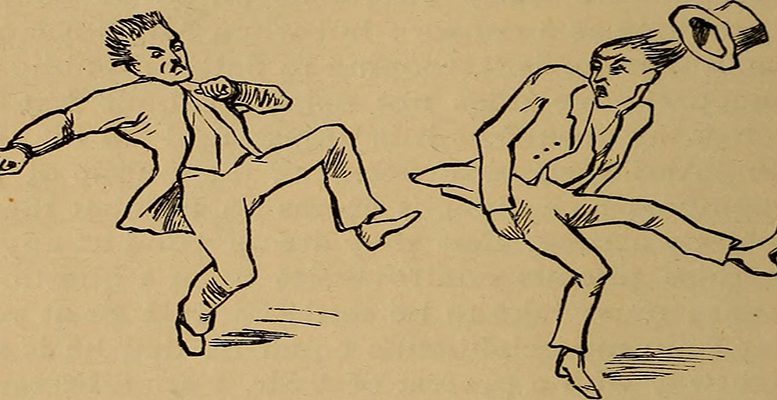José Carlos González Vázquez (UCM/MA Abogados) | Following the Anglo-Saxon model, the new European directive transforms the duties of directors – to the benefit of financial creditors. When? When insolvency is close.
NOTE: Directive concerning restructuring and the duties of company administrators in the likelihood of insolvency Directive (EU) 2019/1023 of the European Parliament and of the Council of 20 June 2019 on preventive restructuring frameworks, on discharge of debt and disqualifications, and on measures to increase the efficiency of procedures concerning restructuring, insolvency and discharge of debt, and amending Directive (EU) 2017/1132 (Directive on restructuring and insolvency) (Text with EEA relevance) was published in the Official Journal of the European Union in June 26, 2019 and will have to have been transposed into Spanish law by July 17, 2021. Given the complexity and many implications of this new Directive, in this article, we will concentrate on Article 19 of the Directive: Member States shall ensure that, where there is a likelihood of insolvency, directors, have due regard, as a minimum, to the following: (a) the interests of creditors, equity holders and other stakeholders; …
This Article lends legitimacy to the controversial and debatable principle of Anglo-Saxon origin which says that in the likelihood of insolvency, administrators, apart from looking after the interests of shareholders, will also have to protect those of creditors although, for now, this duty is restricted to the field of financial restructuring.
We and other fellow specialists like Professors Alonso Ledesma or Garcimartín are concerned that this paradigm shift in the obligations and responsibilities of administrators of companies in financial difficulties, far from dealing with the problems derived from the perverse incentives that might exist to undertake excessive risks to get out of such financial difficulties, will create serious imbalances and legal insecurity that will end up damaging the interests of everybody involved in the situation.
Firstly, because we disagree with the economics-based idea that underlies this approach: a company belongs to its residual claimants who, in times of prosperity, are always its shareholders but, in case of crisis or insolvency, these shareholders “are out of the money” and the actual residual claimants are the fulcrum security holders which are therefore the ones whose interests administrators must look after. This would only apply when outstanding liabilities are clearly greater than realisable assets, which is not the case in all insolvencies, insolvency understood as inability to pay, and still less in the likelihood of insolvency or imminent insolvency when, by definition, a company has difficulties but it is still solvent, this would lead us to think that shareholders are still the actual residual claimants. And finally this idea doesn’t take into account other legal points that are part and parcel of running a business through a company and that have to do with the fundamental rights of a company to property and freedom of enterprise.
Secondly, because in practice this duty has not proved easy to implement. In The USA, whose legislation the EU legislator turned to when designing the framework for financial restructuring, we can see that, after some hesitancy in the beginning, the case law stresses that administrators must protect the interests of shareholders in every circumstance, even in a situation of insolvency.
Several factors make this Article inefficient.
On the one hand, the complete uncertainty as to when this paradigm shift in the fiduciary duties of administrators should apply since it has been impossible to pin down when the state of likely insolvency has been reached.
On the other hand, its lack of precision, especially now at a time when the interest of a company is understood to be to maximize its value in the long run and in a sustainable way, and to avoid excessive risks. This can be seen in Article 19 of the Directive when it speaks about “the need to take steps to avoid insolvency” and “avoid wilful misconduct or gross negligence that might endanger the future of a company. “
Finally, it does not establish that administrators will have to look first and foremost (or only) after the interests of creditors instead of those of shareholders, but that administrators must “have due regard” to the interests of creditors, equity holders and other stakeholders. No one can serve two masters, (still less can one serve three, four, etc. ) and when that is attempted any duty or obligation ends up being watered down since any course of action can be justified on the basis of one of the many interests that have to be looked after. It wouldn’t even make sense to establish the obligation of looking mainly or exclusively after the interests of creditors because they often have conflicting interests.
All in all, Article 19 of the Directive is difficult to interpret and implement, quite inefficient and possibly counterproductive. In the best-case scenario, it will force administrators to make suboptimal decisions when they take fewer risks than they would have if their obligations and priorities had been clear. In the worst-case scenario, in a restructuring agreement, nobody will defend the interests of shareholders when administrators try to please creditors/the future owners of the company in the hope of saving their own jobs.
*Photo by Internet Archive Book Images on Foter.com / No known copyright restrictions





